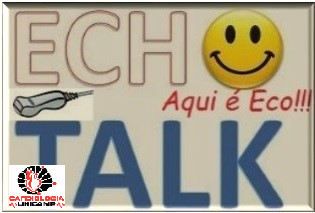.
http://onlinelibrary.wiley.com/doi/10.1111/echo.12523/abstract
.
Results
Contrast TTE demonstrated significantly higher sensitivity for detection of RLS than cTEE (86% vs. 56%, P < 0.05). For cTTE, there were 4, 1, 5, and 19 cases determined at levels 1, 2, 3, and 4, respectively, whereas for the same group of patients 13, 2, 6, and 7 cases were identified by cTEE at levels 1, 2, 3, and 4, respectively. The severity of RLS detected by cTTE was significantly greater than that by cTEE (P < 0.01).
Conclusions
Contrast TTE is more efficacious in the detection of RLS than cTEE. The former can be used as an alternative to the latter in clinical practice.
.
The cTTE examinations were performed using the Vivid 7 system (General Electric, Vingmed Ultrasound AS, Horten, Norway) fitted with a multifrequency probe with a harmonic imaging modality (transmitting frequency 1.7–2.0 MHz, receiving frequency 3.4–4.0 MHz). The cTEE examinations were performed using the same system with a fundamental imaging modality (transmitting frequency 3.5–7 MHz). Agitated saline was used as the contrast agent.
.
Foi um estudo pequeno, mas o achado é muito interessante.
Afinal de contas, detectar bolhas de solução agitada no átrio esquerdo não é difícil e relaciona-se firmemente ao diagnóstico de PFO.
.

